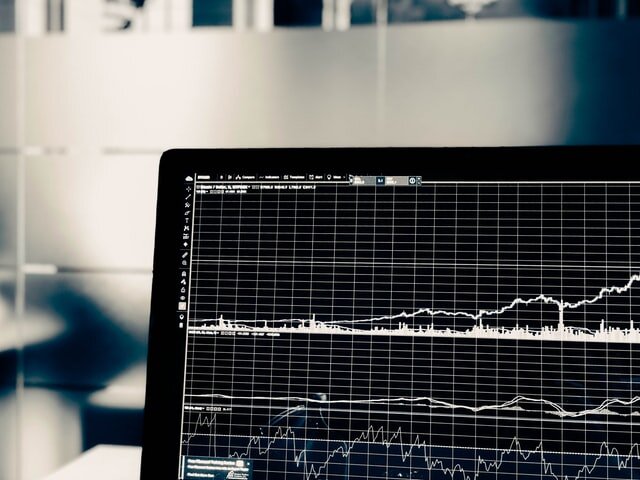
Sales Forecasting
In every organization, sales forecasts are critical to decision-making on everything from determining incremental impacts of new initiatives, planning resources in response to expected demand, and projecting future budgets. Predicting future sales is a common and essential use of Machine Learning (ML).
It might be a problem for most sales managers and leaders because current tools and processes fail to achieve the confidence in the forecast that is required to support those critical decisions. It can help companies with their supplier relationship management, marketing campaigns, customer relationship management, manufacturing management and order fulfilment and logistics.
Five Steps for Sales Forecasting
Step 1 - Data Collection & Review
The first challenge when starting a sales forecasting project is to provide meaningful information to the client. To do this, we need to collect the available data and briefly review its structure, accuracy, and consistency. It’s also important to run a few data tests and pilots and to look through a statistical summary.
Step 2 - Setting Business Objectives and KPI’s
It’s crucial to take a client's business vision, goals and objectives into account. We need to understand what products or products’ categories the company wants to forecast. Also, we need to know the time period for the sales forecast. Different business needs correlate with different time frames, for example, short term (less than a year) or long-term (more than a year).
Step 3 - Data Understanding and Preparation
Data quality is a critical element of an accurate sales forecast. We can use internal data such as e-commerce and sales data, sales transactions, website reviews, etc., or external data such as third-party syndicated data, social media and macroeconomics indicators. Then the data is evaluated for various parameters, for example, consistency, accuracy, detalization and so on. However, this data usually needs to be cleaned and analyzed for gaps and anomalies.
Step 4 - Developing ML models
Often, sales forecasting features consist of several machine learning approaches. The choice of these models depends on several factors, such as business objectives, data type, data amount and quality, forecasting period, etc, and is chosen individually for each company since there are no “one-size-fits-all” forecasting algorithms.
Step 5 - Training and Deployment
Once the forecasting models are developed, we need to train these models using historical data. This is so that we can test the models to see which one is the most effective and optimize analytic results and improve performance. Only after training and validation we can integrate the model into production use.





